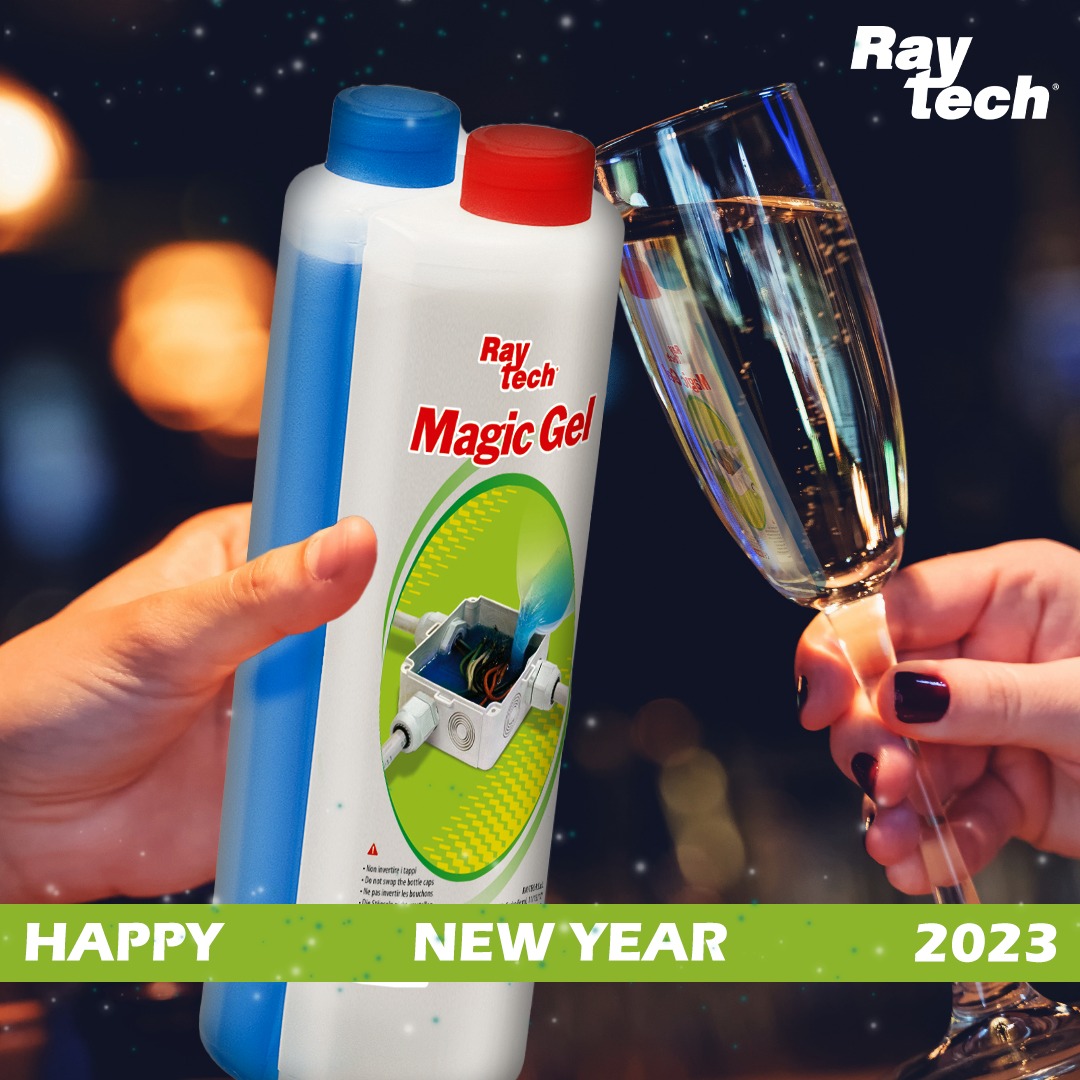Despite the fact that the complete switch from mechanical to primarily electronic solutions and components has almost eliminated wear and material fatigue inherent in exposed and moving parts, solid-state technology has a variety of problems that can hinder reliable operation. One of them is moisture in electronics, which can trigger false alarms, faulty operation, and micro-corrosion, which eventually destroys systems and components. Another one is accelerated aging brought on by air gaps and pockets, as well as contact with corrosive substances.
Some of these problems can be fixed by properly encasing vulnerable parts and systems in housings. Although doing so raises costs and might result in an increase in size and weight.
An Alternate Solution
“Electrical Potting” is an alternative to mechanical encapsulation. It is called “potting” because electronic components can be “potted” in appropriate enclosures and with appropriate compounds that protect not only against shock and vibration but also against formation of moisture and exposure to corrosive agents. This is similar to how the vulnerable root system of a plant is stabilized and protected by placing the plant in a pot and then filling the pot with soil. The overall idea is to protect delicate electronic parts by encapsulating them.
Deciphering The Concept
Let’s look more closely into electronic “potting.” In essence, it’s similar to making a suitable “pot” for housing electronics and then filling it with special curable liquids (such epoxies, polyurethanes, or silicones) that have structural adhesiveness and thermal insulation properties. Keep in mind that a “pot” can also be a cast that is taken out when the potting compound has hardened, or components may simply be dipped in a compound to encapsulate them.
The fact that “electrical potting” is a very versatile solution is just one of its many benefits. Only high-risk parts, components, complete boards, and assemblies are eligible for potting. There are numerous potting materials that address conductivity, electrical and thermal isolation, and protection against a variety of environmental hazards.
Process of Electronics Potting
How is potting accomplished? The type and purpose of the components to be potted will determine that.
On the chemical side, some materials or adhesives may react chemically with specific potting materials, possibly leading to uncured patches. The right potting compound is determined in order to yield the best results. Some electrical components might not be properly sealed, allowing potting material to get into places it shouldn’t. To prevent future malfunction, such components must be identified.
Different potting materials require various processing steps. They might need special mixing, various temperatures, various methods of eliminating bubbles, and additional curing to reduce shrinkage. Vacuum chambers could be needed for bubble removal (also known as “degassing”). Higher viscosity of the potting material is required for certain intricate potting projects, and this is accomplished by raising the temperature.
The Nutshell
The benefits of electrical potting are significant. Potting offers protection not just from exposure and moisture but also from shock and vibration. It safeguards fragile parts and EMI-sensitive components while entirely eliminating the negative effects of air and moisture.

